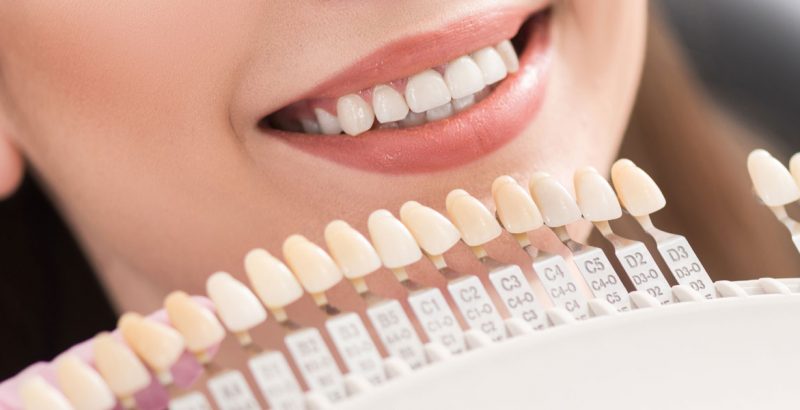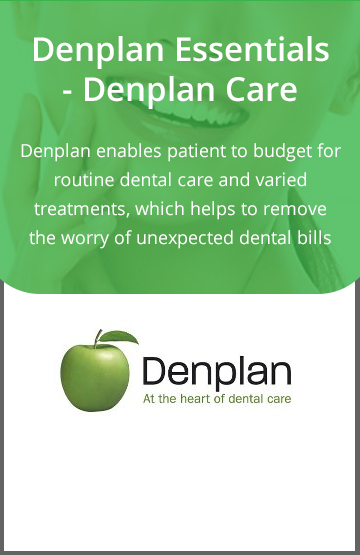When a tooth is missing due to loss or extraction, the surrounding and antagonistic teeth often shift often within very short periods of time. This change in tooth position can cause problems with the bite or gums that can be expensive and time-consuming to correct later. It is wise therefore to consider replacement of a missing tooth quickly as possible. Sometimes the bite may remain stable even after the loss of teeth and in these situations your dentist may advise that you could leave the space if it is not an aesthetic problem for you.
A single or multiple missing may be replaced by the fabrication of a fixed bridge. Teeth either side of the space can be used to anchor the bridge either with some preparation of these teeth or occasionally no preparation at all. Alternatives to bridgework include removable bridges or dentures, dental implants and of-course to leave the space. In most situations these days an implant is the treatment of choice where possible as it is very predictable, does not involve any damage to adjacent teeth, and will last many years if looked after. Removable bridges or dentures are less ideal as they can promote collection of plaque and food debris around the adjacent teeth, but all these solutions have their place in the appropriate situation. Your dentist will always advise and discuss all the alternatives available to you.
There are two types of bridge that are available, they are discussed below and the relative advantages and disadvantages of each listed. Dental implants are also briefly discussed as they are an alternative to bridging, however for fuller information on implants please select the Dental Implants option from the main menu above.





